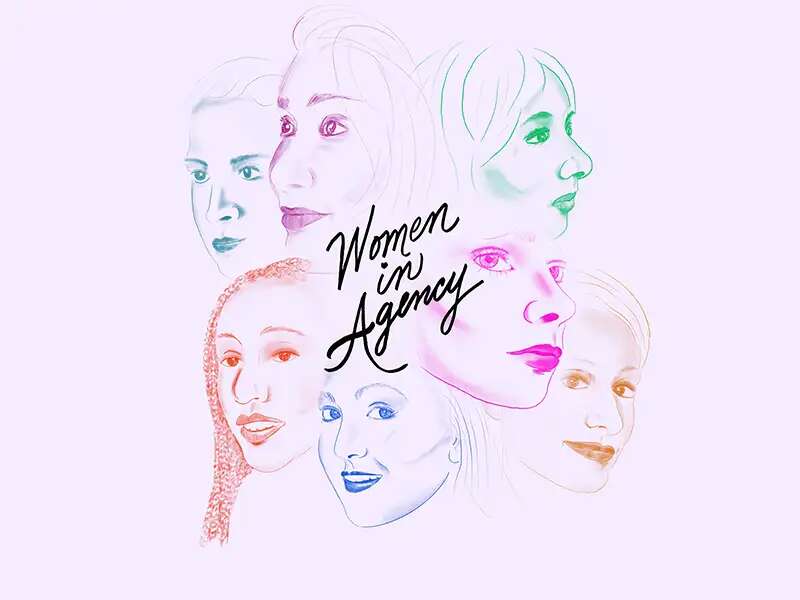
With the Women in Agency Festival, La Femme Theatre Productions founder Jean Lichty ’81 gives recent Barnard grads a powerful platform for original work
When Emily Rauber Rodriguez ’09 was a teen, her family moved from California to the suburbs of Baltimore, which she quickly assessed as not exactly the hippest place on the planet.
“Everyone has like a white picket fence; I knew I was not a white picket fence type of person,” she says. “It felt like a deeply uncool place to be, and I was kind of worried about my own coolness at that moment as a kid.”
Then she discovered the work of Baltimore native John Waters, the director of underground cult film classics such as Pink Flamingos and Female Trouble as well as mainstream hits such as Hairspray, Cry Baby, and Serial Mom — all of which are set in Baltimore, celebrate the city’s offbeat denizens, and poke fun at the square-minded ones.
“He also came from this kind of place and was still creating fabulous, weird stuff. And he was cool. That was a very hopeful moment for me,” she says.
Today, Rauber Rodriguez, who holds a doctorate in cinema and media studies from the University of Southern California, is a curatorial assistant at the Academy Museum of Motion Pictures in Los Angeles, where she recently helped mount “John Waters: Pope of Trash,” which runs through August 4.
The exhibit features a montage of scenes from his films, costumes, and memorabilia. One of her many research responsibilities included identifying a nude male model by his tattoos from a book of erotic photography — an amusing, if unusual, use of her freshly minted Ph.D.
“I love that he’s not worried about what makes his work appeal to a broad audience, which is what a lot of filmmakers are tempted to do,” she says of Waters, before adding that his sometimes outrageous approach also posed a challenge for the museum. “His work was never designed to be for mainstream Hollywood audiences. That was the thing we had to tangle with.”
A lot of visitors with kids may be familiar with the family-friendly musical Hairspray, but they may not be as prepared for Waters’ bawdy early work featuring the late great Divine, arguably the most famous (and outrageous) drag queen of the 20th century. To this day, Divine remains a much-loved LGBTQ+ icon, having busted open notions of gender identity well before it became part of the national conversation.
“[Waters has] obviously been very inclusive with gender identities, with sexual identities … and Hairspray also sends a very explicit racial message,” she says.
It’s just such conversations on identity that excite Rauber Rodriguez. (The focus for her dissertation was on the cross section of race and the media as it relates to the Latinx community.) She often taps her expertise when she, along with other members of the curatorial team, examines the didactics of the text and montages used in an exhibition.
Many of Rauber Rodriguez’s colleagues have trained in the film industry or in the museum world. But her background melds the two worlds with an academic focus, which she says started at Barnard when she double majored in psychology and film studies.
At that time, film studies was still a somewhat nascent program, with most courses offered at Columbia. However, her production class was held at Barnard, which proved to be an unexpectedly formative experience. Years later, she recalled comparing notes with another woman who studied film elsewhere. “This line was burned into my head — she said the guys never let her touch the camera.”
It’s a scenario that would’ve never happened at Barnard, she says. While she appreciated access to Columbia and could’ve taken a production class at either school, the Barnard environment fostered a confidence she carries with her to this day: “I just felt a little more free to express myself in an all-women’s space.”